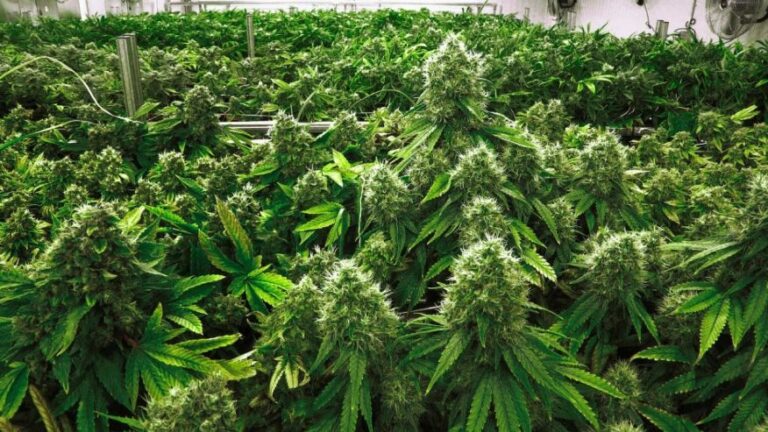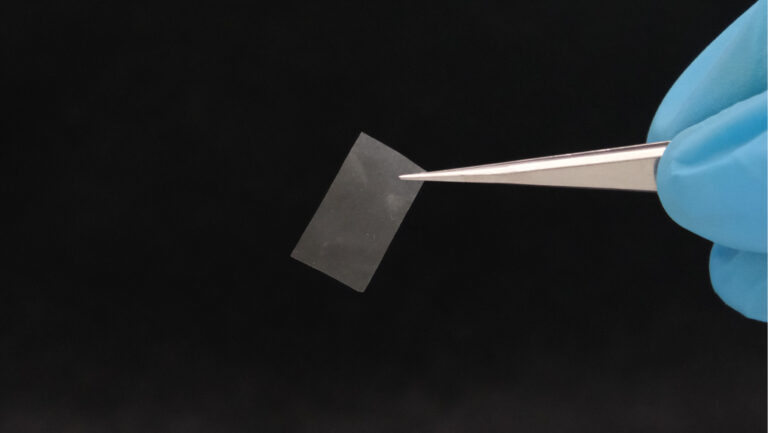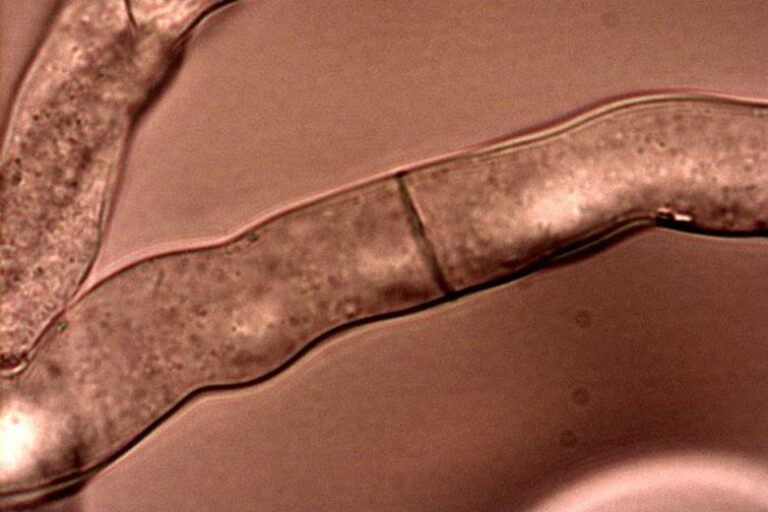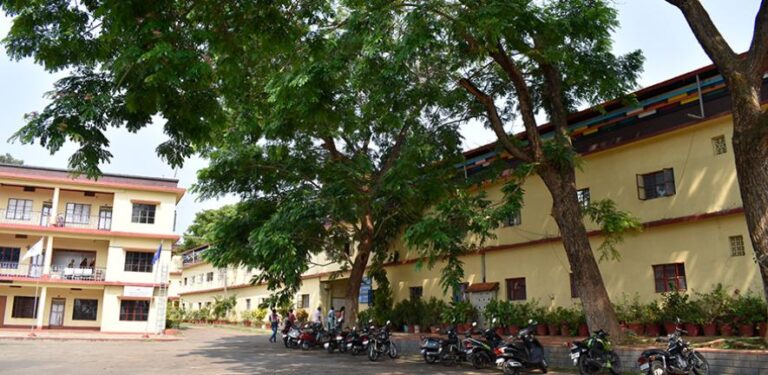A building material that lives and stores carbon
Researchers are developing a living material that actively extracts carbon dioxide from the atmosphere. Photosynthetic cyanobacteria grow inside it, forming biomass and solid minerals and thus binding CO2 in two different manners. In brief The idea seems futuristic: At ETH Zurich, various disciplines are working together to combine conventional materials with bacteria, algae and fungi….







